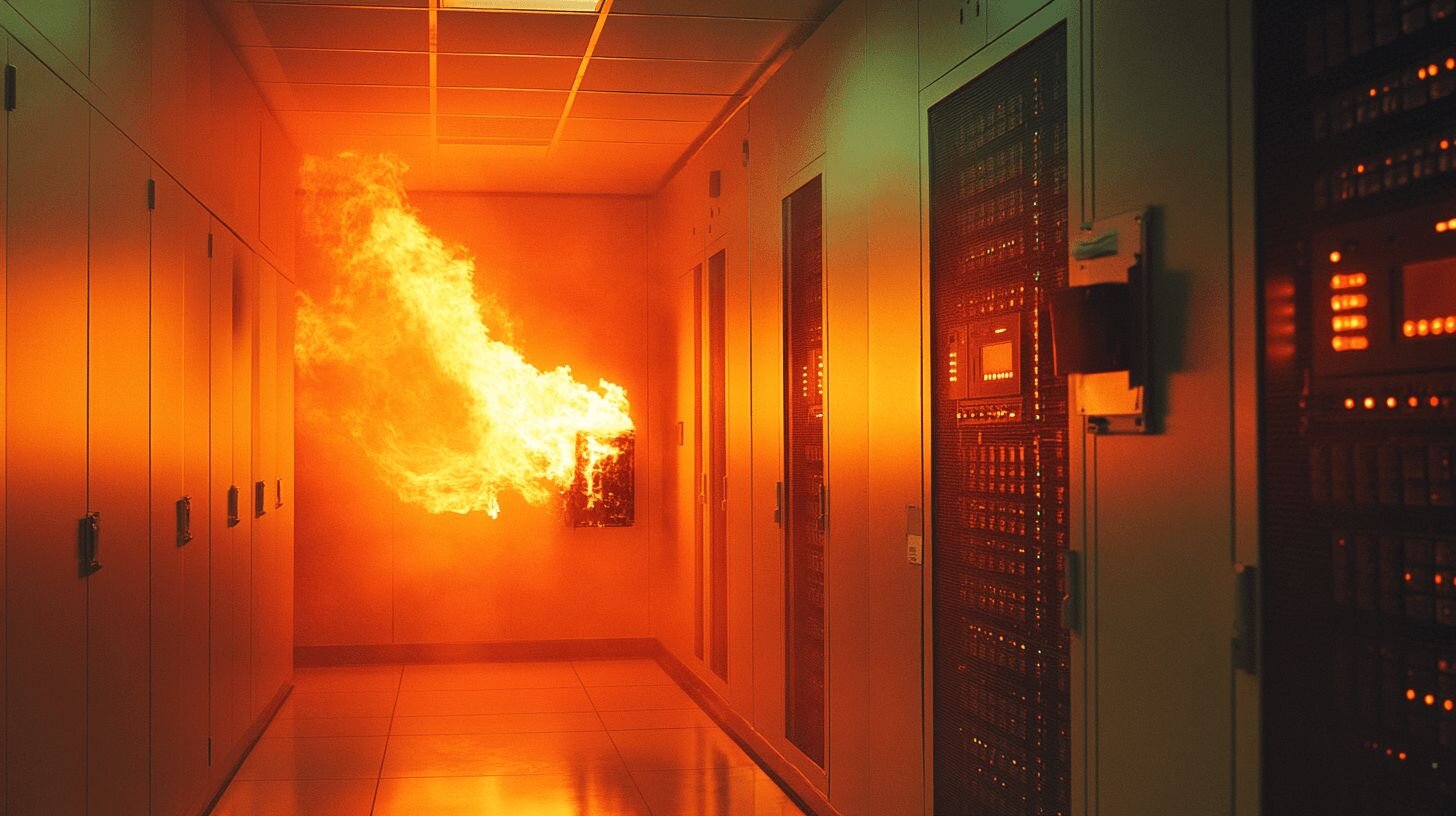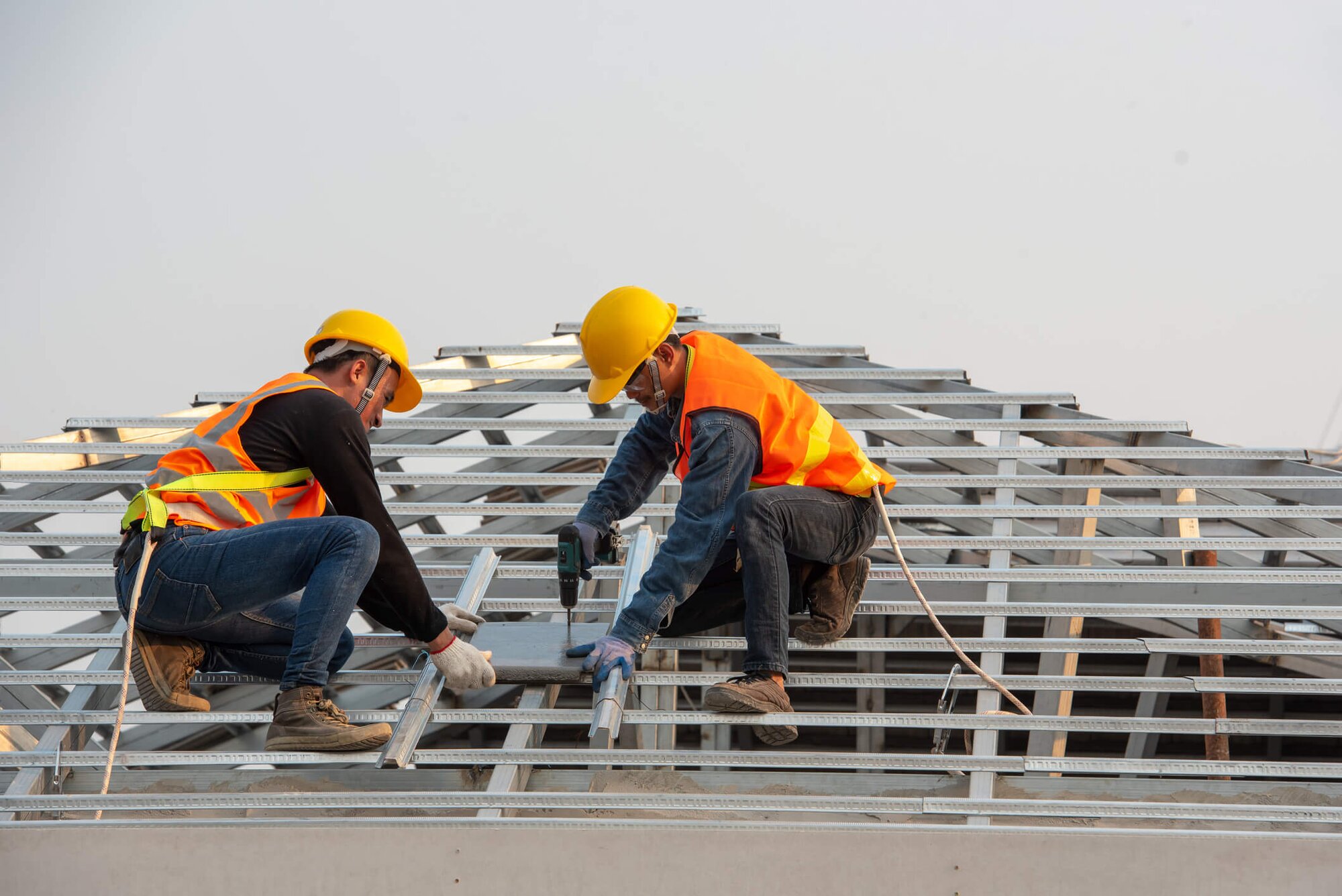For fire protection contractors, the numbers speak for themselves. Sprinklers save lives, protect crews, and cut property loss. But even with decades of proof, far too many buildings still don’t have them.
The latest U.S. Experience with Sprinklers report from NFPA highlights just how effective sprinkler systems are and how much risk remains when they’re missing. Here’s what the data shows, and what standards every contractor working on sprinkler systems needs to know.
What the Data Tells Us
Between 2017 and 2021, local fire departments responded to an average of nearly 53,000 structure fires per year where sprinklers were present. That’s only 11% of all structure fires. But when sprinklers were installed, outcomes were dramatically better.
Compared to fires in buildings without automatic extinguishing systems (AES), sprinkler-equipped structures saw:
- 90% lower civilian death rates per fire
- 32% lower civilian injury rates
- 35% lower firefighter injury rates
Sprinklers work consistently and vastly reduce safety risks. In 92% of fires large enough to activate them, sprinklers operated. When they did, they were effective 97% of the time. In total, sprinkler systems operated and were effective in 89% of fires that met the activation threshold.
Fire spread also drops significantly. In buildings with sprinklers, fire was confined to the room or object of origin in 94% of cases, compared to just 70% in properties without AES protection.
In most cases, it doesn’t take a full system activation to get results. A single sprinkler head was enough to control the fire in 77% of incidents where sprinklers operated. In 96% of incidents, five or fewer heads activated.
Commercial Buildings Still Lag
While residential data often takes center stage in discussions about fire safety, commercial properties are far from exempt. NFPA 13, the standard covering sprinkler system installation in commercial buildings, is clear: these systems are essential, not optional. Yet many commercial facilities, especially older ones, still lack full coverage.
That gap carries real consequences. When fires occur in buildings without AES, both lives and property take a bigger hit. With so many commercial structures sitting outside of full compliance, the opportunity for contractors is obvious.
Know the Standards That Drive Safe Installs
For commercial contractors, four NFPA standards form the backbone of sprinkler design, installation, and upkeep:
- NFPA 13 – Installation of sprinkler systems (most common for commercial use)
- NFPA 25 – Inspection, testing, and maintenance of water-based fire protection systems
NFPA 13 sets the bar for commercial installations. But even the best install won’t help if the system doesn’t stay ready. That’s where NFPA 25 comes in. It outlines the maintenance standards that keep systems operational and helps prevent the failures that still occur.
According to the report, 79% of sprinkler failures happened because the system was:
- Shut off
- Damaged
- Poorly maintained
All of these issues are preventable with routine inspections and testing.
Maintenance Is Just as Critical as the Install
Sprinkler systems don’t fail often, but when they do, it’s usually due to neglect. The majority of system failures traced back to shutdowns, mechanical damage, or skipped maintenance. NFPA 25 is designed to catch these issues before they turn into liability.
Contractors handling ongoing service and inspection should use this standard as a baseline and train customers to understand what’s required to stay compliant.
The Bottom Line
Sprinkler systems are proven. They work. They save lives. And they protect the crews who show up when everything else goes wrong.
For FLS contractors, the mission is clear: push for code compliance, install to spec, and make sure inspections aren’t skipped. The more properties that follow the standards, the fewer headlines about loss.



